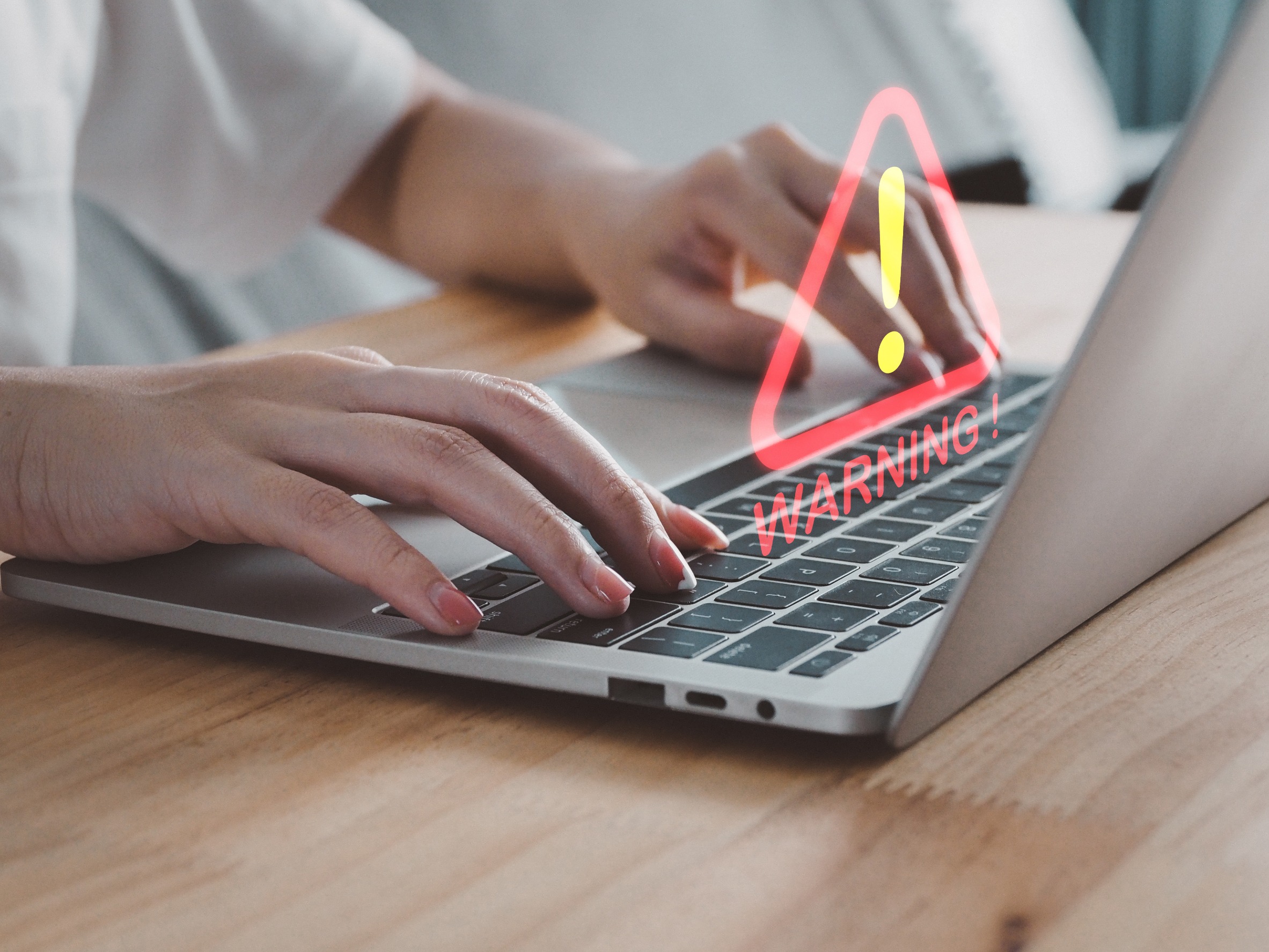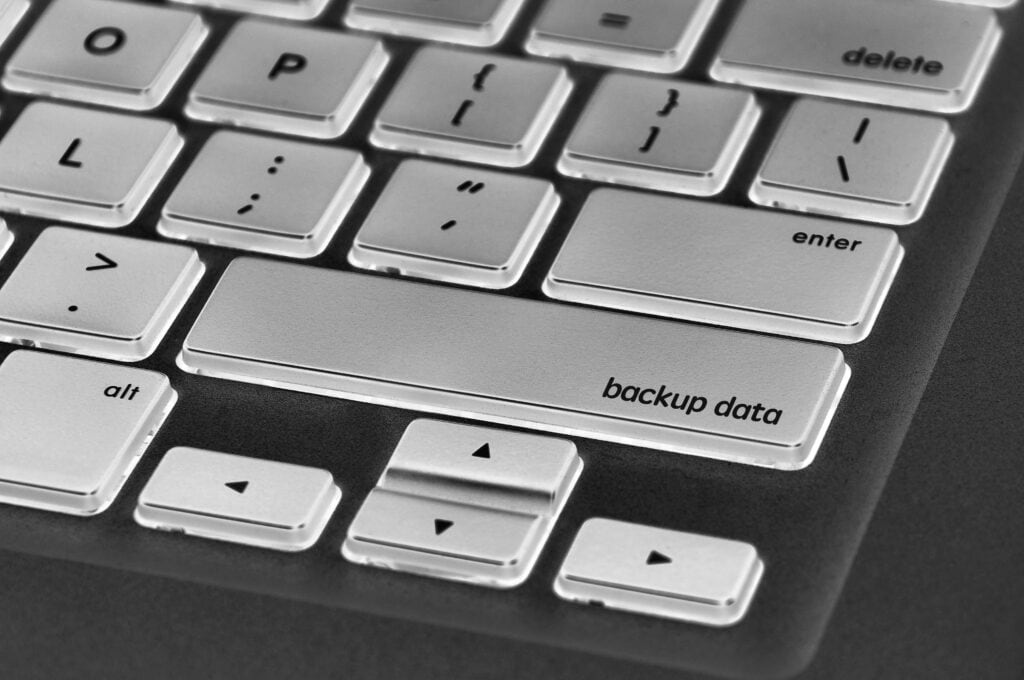- Identify the specific threats your business is most likely to face (such as natural disasters and cyberattacks) and determine which systems and processes are most essential to keep operations running.
- Document step-by-step recovery procedures, assign clear roles and responsibilities, establish backup and recovery solutions (including RTOs and RPOs), and create a communication strategy for both internal and external stakeholders.
- Conduct regular drills and updates to make sure your plan remains effective and aligned with your evolving business needs. Don’t forget to also include third-party vendors and IT providers in the planning process.
No business is immune to disruption. In the event of a natural disaster, cyberattack, power outage, or even human error, unexpected events can throw your operations into chaos. That’s why a disaster recovery plan is such an important component of your business continuity strategy.
The good news is that building a solid plan doesn’t have to be overwhelming. With the right approach, you can protect your data, minimize downtime, and make sure your team knows exactly what to do if the unexpected should happen.
What Disaster Recovery Really Means
Disaster recovery is all about getting your business back on its feet as quickly and smoothly as possible when something goes wrong. That includes restoring files, getting systems back online, communicating with employees and clients, and continuing essential operations without missing a beat. A comprehensive plan outlines the procedures, technologies, and responsibilities needed to recover from different types of disruptions. Without a plan, businesses often scramble in the face of a crisis and lose valuable time while risking permanent data loss.
Start By Assessing Your Risks and Prioritizing Critical Functions
Every business has different vulnerabilities depending on its size, industry, location, and technology. The first step in creating a disaster recovery plan is to assess what risks your business is most likely to face. In Florida, for instance, hurricane season is a real threat. For businesses that rely heavily on digital systems, cybersecurity breaches might also top the list.
Once you’ve identified your potential risks, it’s time to prioritize. What systems and processes are mission-critical? Maybe it’s your customer database, your email communication, your payment processing, or the software your team uses daily. Determine which functions are absolutely essential to focus your disaster recovery efforts where they matter most, and decide how quickly each part of your operation needs to be restored.
Document a Step-by-Step Recovery Process
A good disaster recovery plan should be clearly written down so it’s accessible when it’s needed most. The plan should detail exactly what to do in the event of different types of disasters, who is responsible for what, and how to initiate the recovery process.
Start by creating a recovery timeline. How fast do different systems need to be restored to avoid major losses? This is known as your Recovery Time Objective (RTO). You should also define how much data your business can afford to lose, or your Recovery Point Objective (RPO).
Based on those targets, outline the actions needed to restore data, bring servers back online, reroute communications, and notify employees and customers. The more specific your instructions, the more effective your response will be under pressure.
Choose the Right Backup and Recovery Solutions
Not all backups are created equal. A thorough disaster recovery plan depends on reliable, secure, and frequent backups that can be restored quickly. Cloud-based solutions are often ideal because they offer off-site redundancy, strong encryption, and scalability. However, you may also want to consider hybrid models that combine local and cloud-based backups to protect against both hardware failure and internet outages.
Automated backups are important, and so is testing them. A backup system that hasn’t been tested is like a parachute you’ve never opened. Make sure your data can actually be restored and that your backup schedule aligns with how often your information changes. If your team works with important data daily, your backups should be just as frequent.
Define Team Roles and Responsibilities
When something goes wrong, your employees need to know exactly what to do and who to turn to. Assign clear roles and responsibilities in your plan, including who leads the recovery process, who handles communications, who restores data, and who coordinates with vendors or service providers.
Each person should have a copy of the disaster recovery plan, and you should hold regular training sessions so everyone is familiar with the procedures. When an emergency hits, there’s no time to fumble through instructions. The smoother the communication and coordination, the faster your business will bounce back.
Develop a Communication Strategy
In a disaster, clear communication is just as important as technical recovery. Your employees, customers, and partners will need to know what’s happening and what steps are being taken. Your disaster recovery plan should include a communication strategy that covers internal updates, external notifications, and contingency plans if traditional communication channels are down.
It’s helpful to prepare message templates ahead of time for different scenarios. Whether you’re alerting customers to a temporary service outage or updating staff on recovery progress, being proactive and transparent helps build trust and reduces confusion.
Test Your Plan and Make Regular Updates
A disaster recovery plan isn’t a “set it and forget it” document. Businesses change, and so do the risks they face. That’s why regular testing and updates are so important. Schedule at least one full recovery drill each year and smaller tests more frequently. These tests should simulate real scenarios and involve your team in executing the plan.
After each test, review what went well and what didn’t. Did you meet your recovery time goals? Were communications smooth? Were there any gaps in your backups or system restorations? Use the insights from these drills to refine your plan and check that it stays relevant as your business grows and evolves.
Include Third-Party Vendors and IT Providers
Your business likely relies on more than just your internal team. Cloud platforms, software providers, managed IT services, and hardware vendors all play a role in keeping your operations running. Your disaster recovery plan should include contact information for these partners and an understanding of what support they can provide in an emergency.
Clarify their service level agreements (SLAs), especially around recovery times and availability. In many cases, your IT service provider can be your biggest ally during a crisis, so maintaining a strong relationship and clear expectations is essential. If you’re not sure your current providers can meet your recovery needs, it might be time to reassess those partnerships.
If you’re not sure where to start or want to make sure your disaster recovery plan covers all the bases, our team at CMIT Solutions of Tampa South is here to help. Our IT experts can assess your risk, recommend the right backup solutions, and build a recovery plan that gives your business the resilience it needs. Reach out today and take the first step toward peace of mind for your business.





